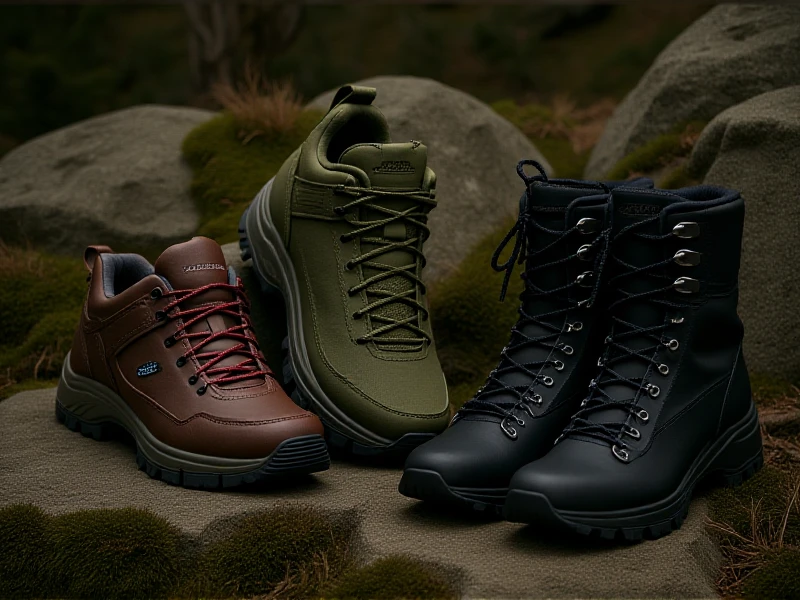Essential Guide to Choosing the Perfect Mountaineering Boots

Mountaineering boots are a critical component of any serious climbing expedition, providing the foundation for safety and performance in challenging alpine environments. Selecting the right pair ensures you stay comfortable, protected, and confident during your outdoor adventures. Unlike regular hiking boots, mountaineering boots are specifically designed for tackling steep rock, ice, and snowy terrains. Their rugged construction focuses on ankle support, insulation, and durability to endure harsh conditions. This guide delves into the key features, types, and best practices for choosing mountaineering footwear that fits your mountaineering needs perfectly.
First, consider the essential features of top-grade mountaineering boots. Waterproofing technology, such as Gore-Tex membranes, keeps feet dry during river crossings or snowy ascents, while reinforced soles with aggressive Vibram treads enhance grip on uneven surfaces. Insulation levels vary—options like fleece linings or Thinsulate materials suit cold-weather climbs, whereas lighter models with breathable mesh benefit warmer hikes. Ankle support matters greatly; high-cut designs prevent twists on rocky trails, and rigid soles or crampon-compatibility are vital for icy sections to avoid slipping hazards. Durability comes from robust materials like leather or synthetic blends—look for double or triple stitching to handle abrasion and prolonged use during multi-day mountaineering expeditions.
Next, evaluate the different types of mountaineering boots available. Mountaineering gear typically falls into three categories: lightweight boots for approach hikes, midsize hybrid boots for mixed terrain, and technical double or single boots for extreme ice or snow climbs. For example, if you're targeting lower-altitude treks, versatile options like leather-based boots with crampon attachment points offer a practical balance. Advanced mountaineering often requires stiff-soled models that integrate with semi-automatic crampons, providing stability on glaciers or vertical ice face routes. Always align your choice with your climbing objectives—beginners should start with all-around mountaineering boots that accommodate moderate technical demands without unnecessary bulk.
When selecting mountaineering boots for purchase, focus on fit and testing. Ensure a snug but not tight fit at the heel, with ample toe room to prevent blisters during long descents. Sizing should account for thick sock layers; consider trying them on later in the day when feet are naturally swollen. Test mobility in-store by simulating climbing motions, or break them in gradually on local hikes before major expeditions. For maintenance, regularly clean boots post-trip to remove mud and salts, using mild soaps and air-drying them away from direct heat. Proper storage in a cool, dry place extends their lifespan, safeguarding your investment for future mountaineering challenges. By prioritizing these elements, you'll boost your safety and enjoyment on the mountainside. Remember, investing in quality mountaineering boots is investing in a smoother ascent and unforgettable peak experiences. Explore reputable brands or consult expert reviews to make an informed decision—your feet will thank you with every step.